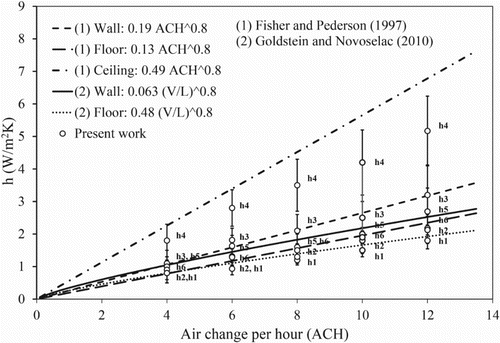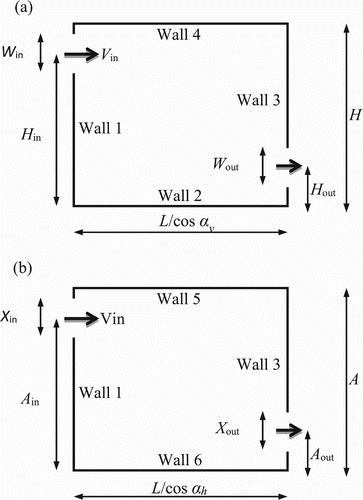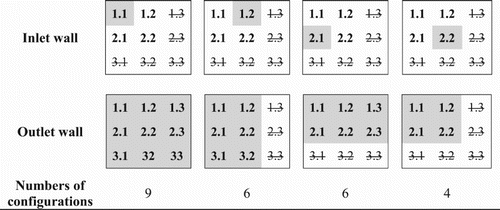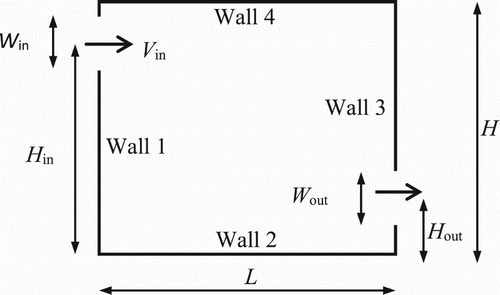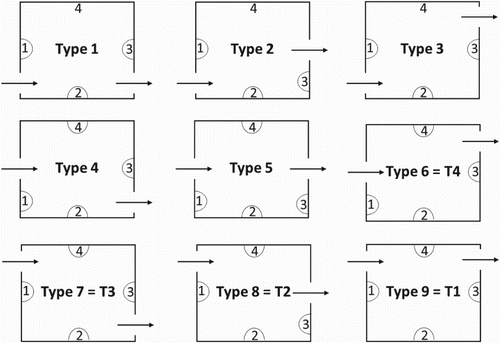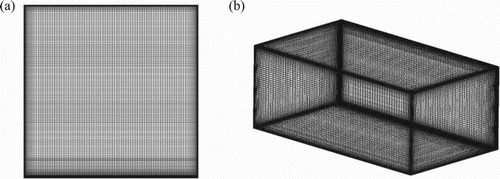Figures & data
Figure 1. The geometric parameters of: (a) the 3D enclosure with inlet and outlet openings; (b) the vertical 2D plane; (c) the horizontal 2D plane.
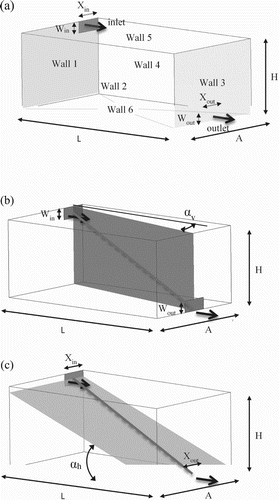
Table 1. Boundary conditions of the vertical 2D, horizontal 2D, and 3D simulations.
Figure 7. Grid sensitivity analysis for the 3D geometry case (where H = L = A = 3.00 m, Win = Wout = Xin = Xout = 0.42 m, Hin = 2.78 m, Ain = 0.22 m, Hout = 1.50 m, Aout = 1.50 m, Rein = 119,293, Twalls = 30°C, Tin = 10°C).
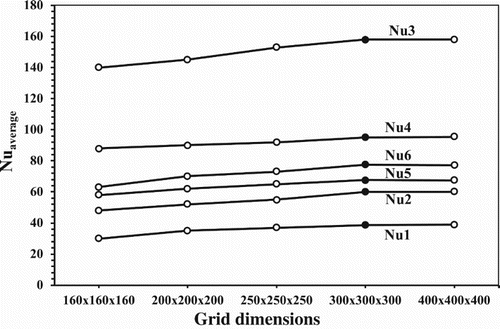
Table 2. 3D correlation coefficients according to the 2D planes.
Figure 8. Comparison of the correlated and simulated 3D Nu values for: (a) Walls 1 and 3; (b) Walls 2 and 4; (c) Walls 5 and 6.
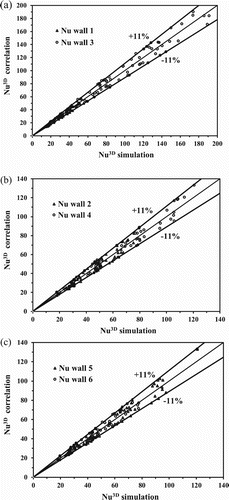
Table 3. Application range of the variables in the 2D models (dimensionless).
Figure 9. Comparison of the Nusselt numbers obtained by correlation and CFD simulation for: (a) Wall 1; (b) Wall 2; (c) Wall 3; (d) Wall 4.
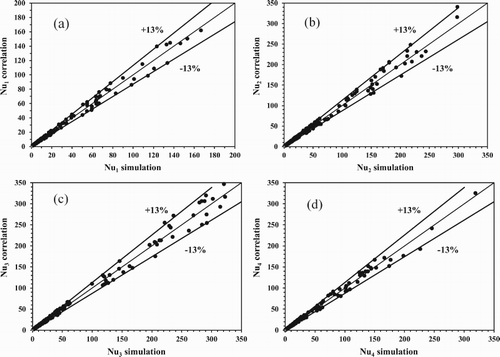
Table 4. Correlation coefficients for the 2D models.
Figure 10. Test case for validating the methodology: (a) the vertical 2D plane; (b) the horizontal 2D plane.
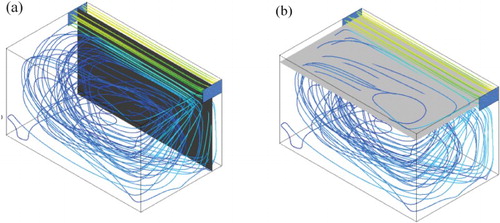
Table 5. Test case input parameters for the 3D and 2D models and the CHTCs for the six walls (h1 to h6) obtained by simulation and correlation.
Figure 11. Comparison of the CHTCs according to ACH with the correlations developed by other authors.
